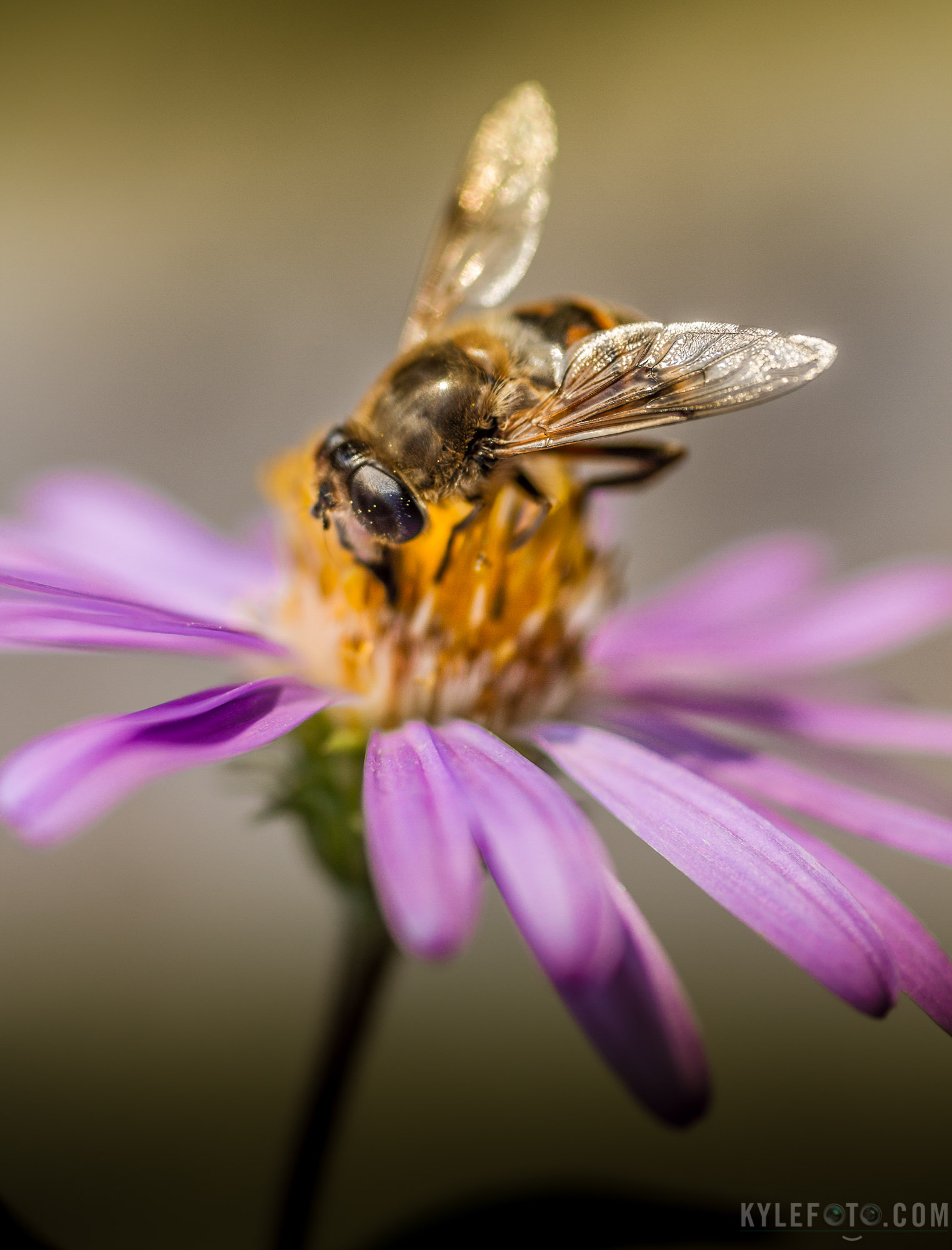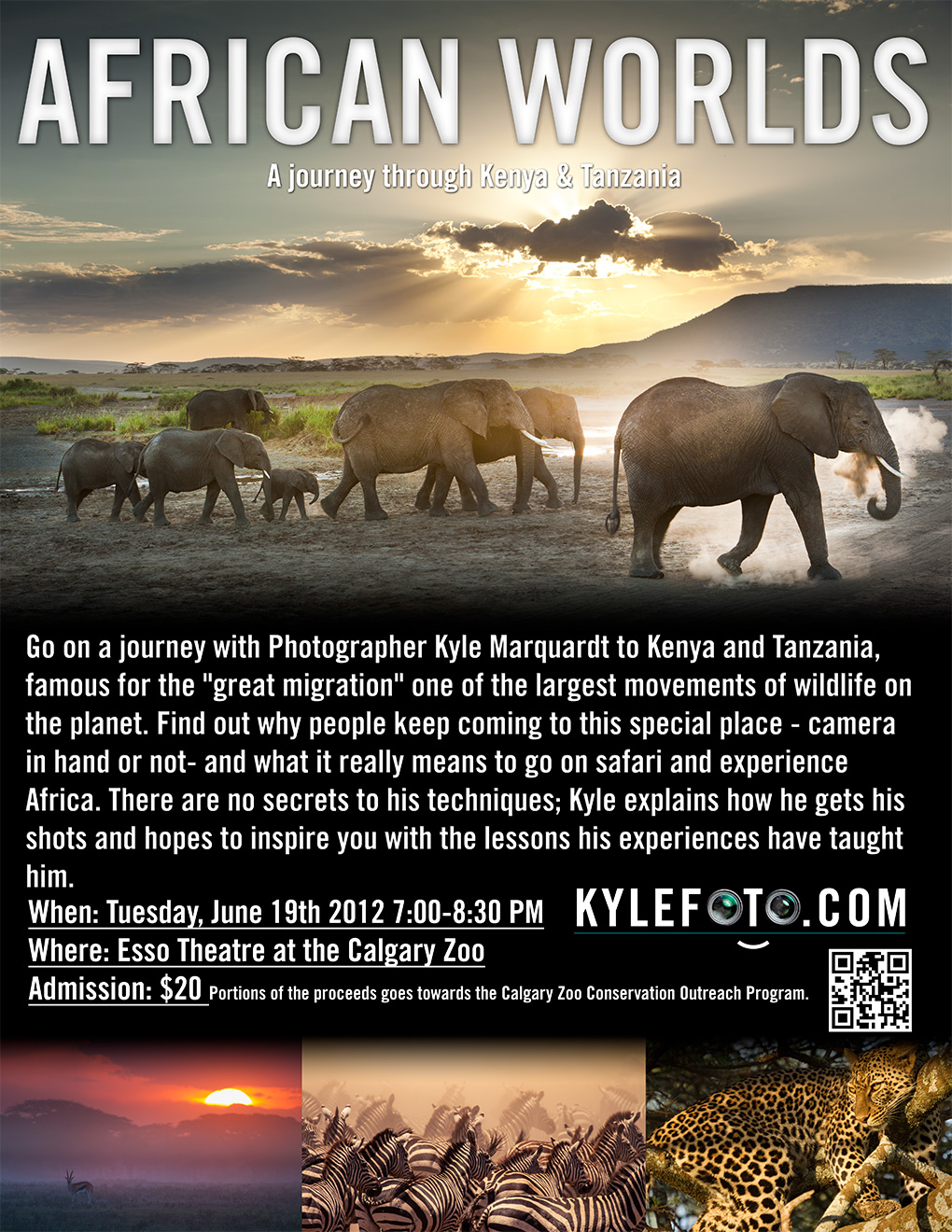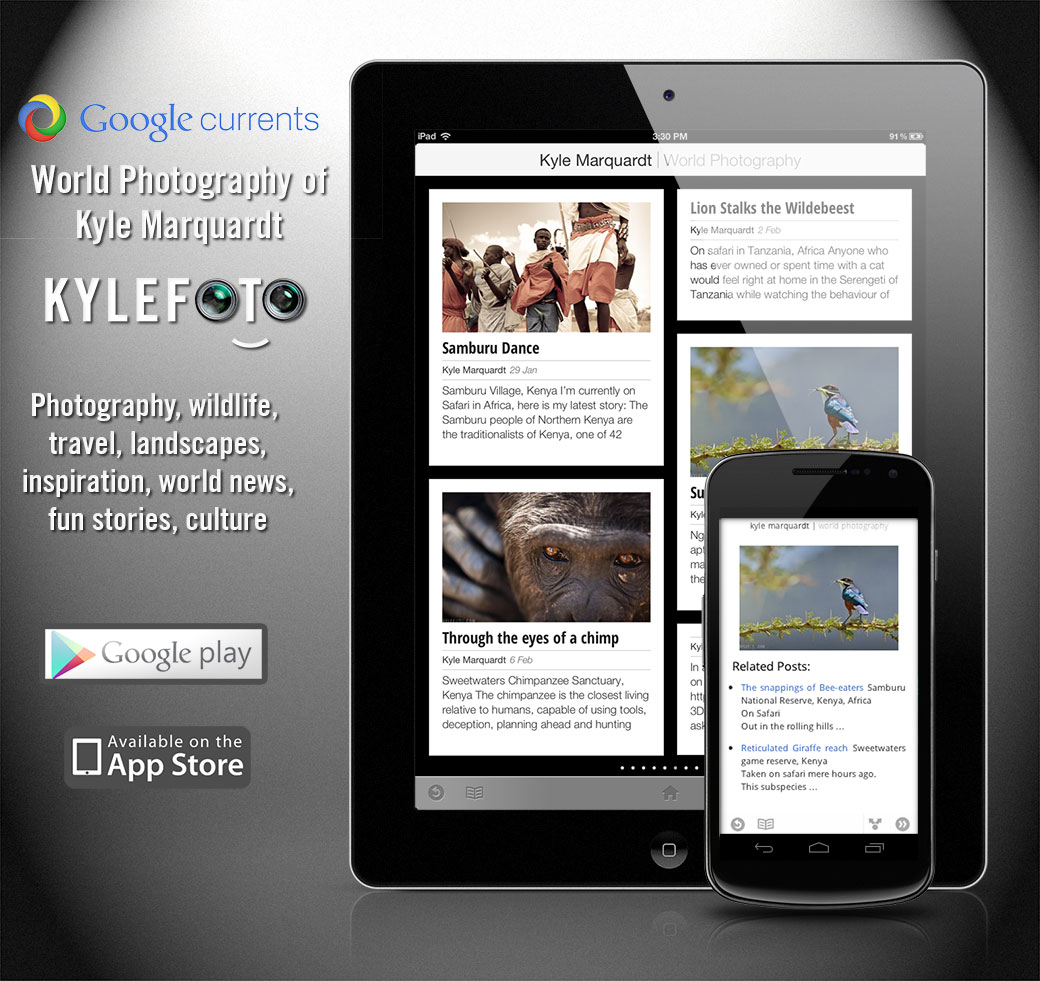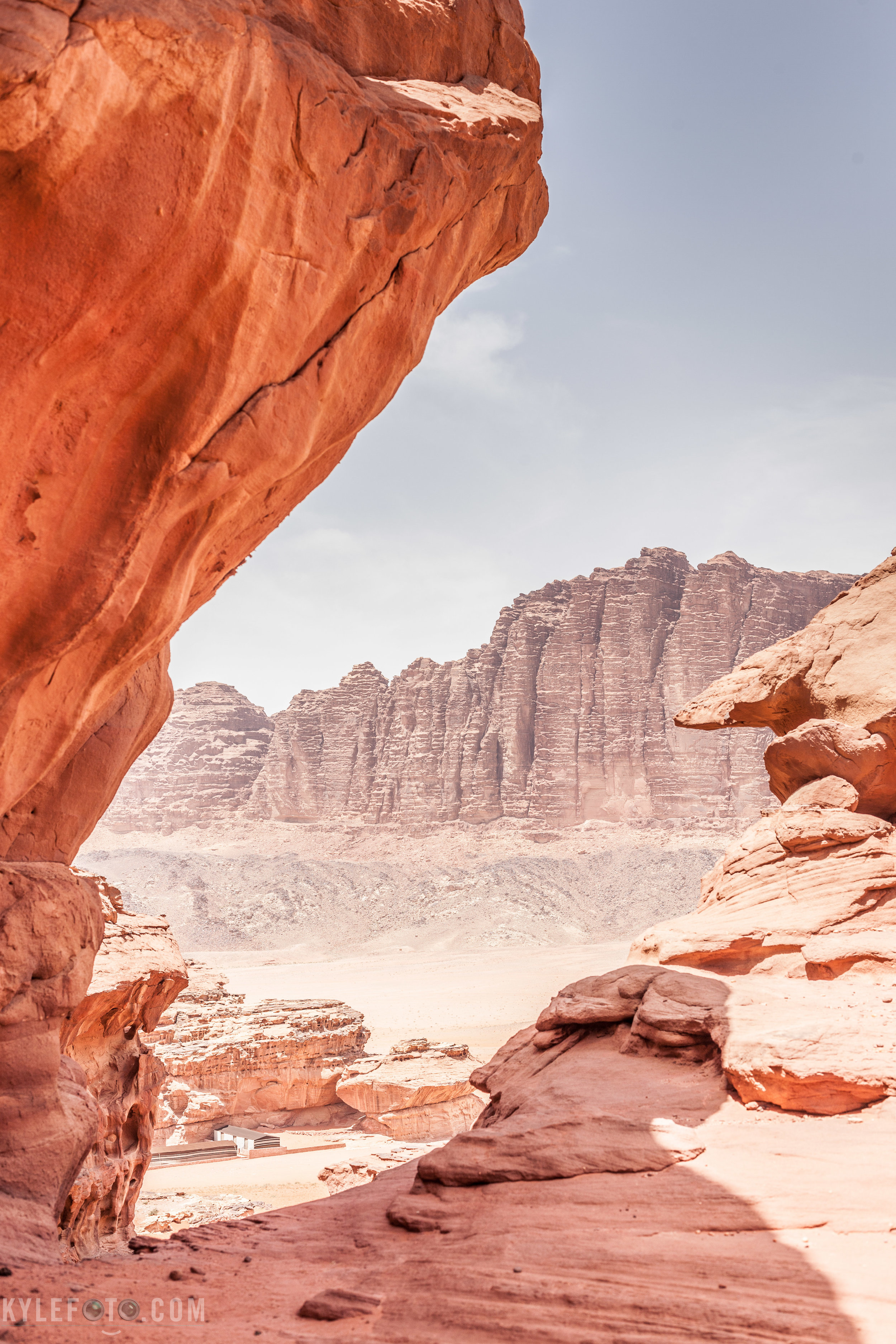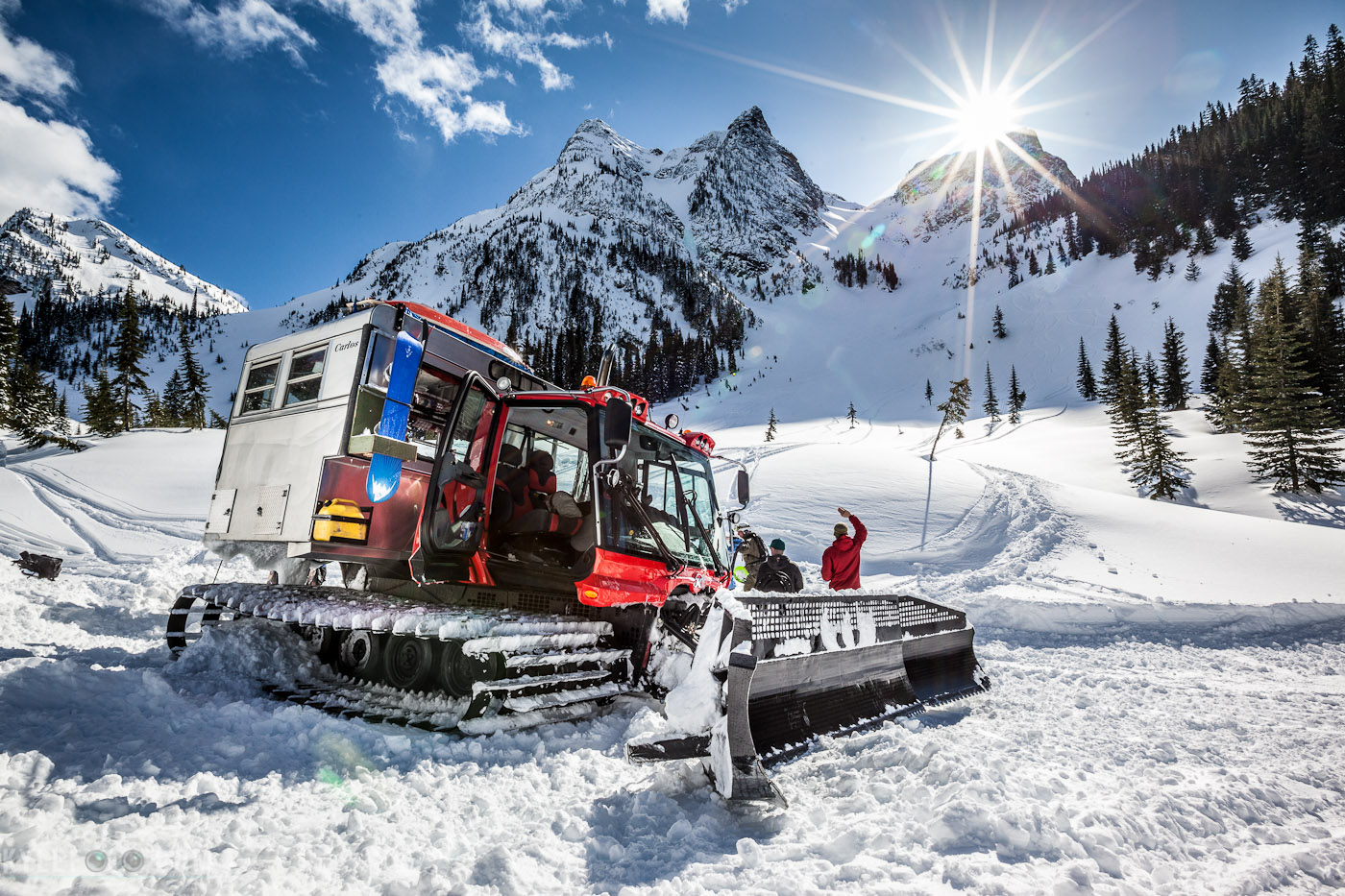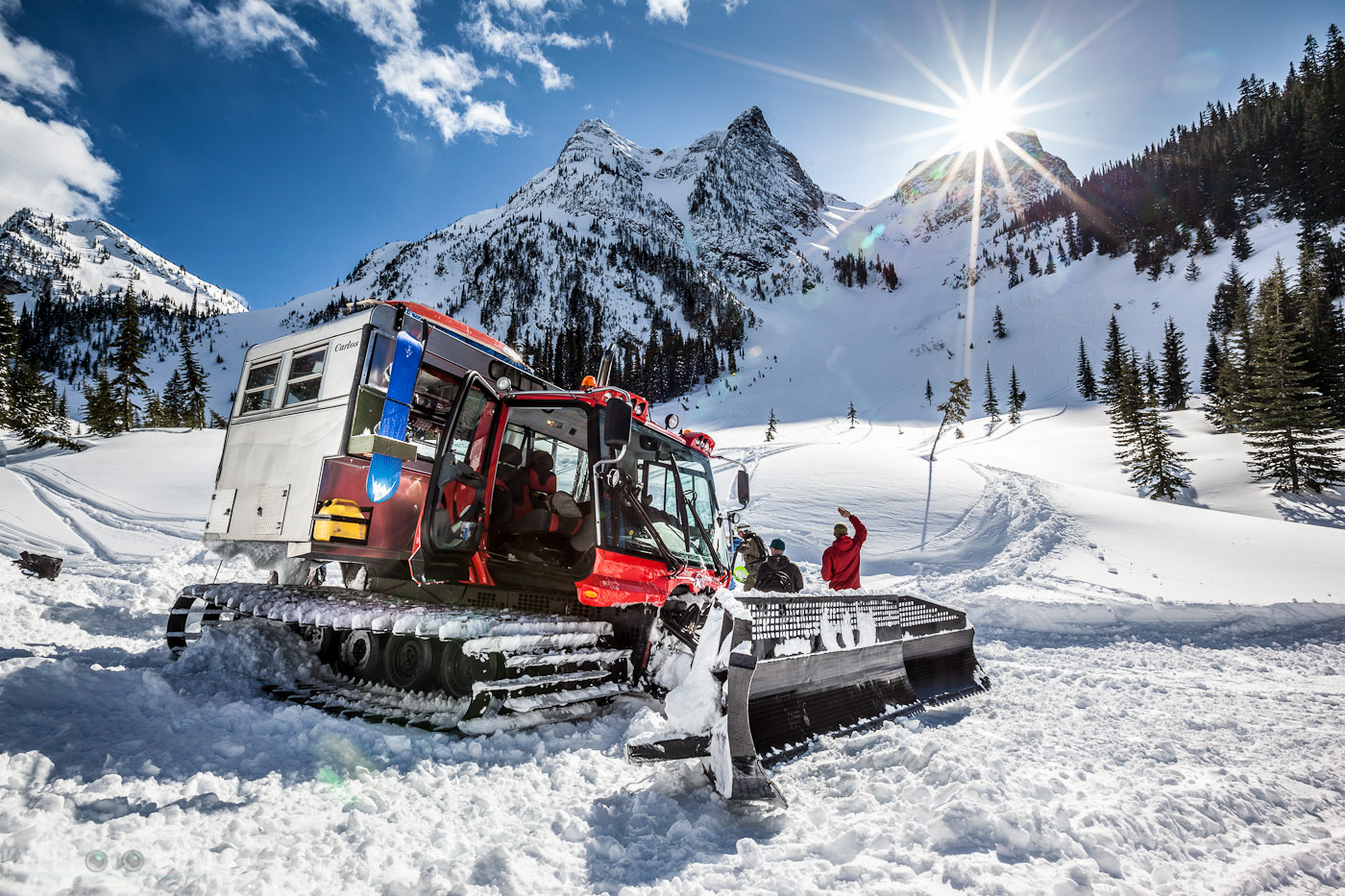Serengeti, Tanzania, Africa
Out in the Serengeti we were hunting with our lenses, hoping to snap a view of something unique and special. Of course we got the basics under our wing: many photos of the beautiful white Egrets flying, and a whole whack of the wildebeest. On their own they can be interesting shots, but it’s when I saw the white figure balancing on a wildebeest far ahead I knew I had to get an egret on top of a wildebeest. Once I knew what to look for I noticed it was happening everywhere, I just needed it to happen near me! Patience awards us with a few of the Egrets posing calmly on the back of the beasts. But as the photographic process always goes, you always try to outdo yourself. That’s when I realized I could do even better with a photo of the Egret just landing on a wildebeest with their beautiful outstretched wings. This is where I tell myself it’s time to sit back and observe the Egrets, watch from their body language so I can tell when one is about to take off, and one is about to land. I taught myself to pay attention to my peripheral vision so I could anticipate the landing vector of the Egret and have my camera ready on the right wildebeest for the landing shot. This is where you become a naturalist and not a photographer, you learn about the animal in a more intimate way and you can be where you need to be to get the better shot.

These heron and wildebeest have established a symbiotic relationship, the insects swarming around these odiferous beast are removed and the egrets get their fill of food!
Egrets aren’t exclusive to feeding in wildebeest herds, they like to feed on small insects, frogs, and earthworms in most environments in the Serengeti. But once a herd of wildebeest comes along, the commotion and dust disturbs grasshoppers and other insects which makes for a great selection of meals. When the herds show up it’s kind of like going to the grocery store when your favourite items are finally in season and everything is on sale and the store is ultra in stock! The Egrets can’t help themselves when the savings are so stellar and it’s so convenient, you just stand on the back of an animal and window shop with minimal effort!
Photographic Details: The Main setting I was worried about was the shutter speed, I wanted it fast enough to freeze the motion of the wings, if I wanted to be safer with the motion blur I would have used 1/1000th of a second for the shutter speed, but these Egrets were relatively slow and I got away with the slower shutter speed of 1/500th of a second.
I like how the wildebeest the egret is standing on is merely shown by the texture of his side, and the telltale horn on the bottom left corner. He’s too busy to do anything else but keep eating, as if he’s merely a structure for the Egret to stand on. The other wildebeest staring at the Egret helps complete this, photo, seemingly staring in disbelief and this sudden pairing of Egret and Ungulate. I wanted the background to fade out with the horizon still in the shot, expressing the impressive expanse of the Serengeti.
Canon EOS7D, 100-400mm L Lens, 1/500s f/7.1 ISO100 180mm



